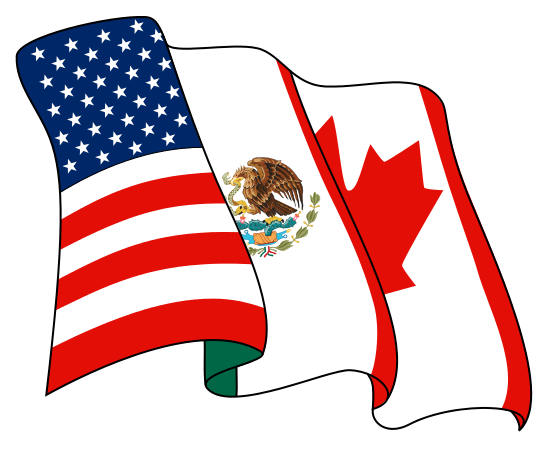USMCA Protects IP: A Win-Win for All
The new United States-Mexico-Canada agreement, which Canada agreed to sign at the last minute, includes a powerful intellectual property chapter.
The chapter was considered one of the most contentious and left for the end. However, Canada, which usually advocates for exceptions, ultimately agreed to similar terms in the Trans-Pacific Partnership and the Canadian-European Trade Agreement.
Property Rights Alliance led an international coalition of Mexican, Canadian, and American think tanks advocating for stronger IP rights. See our letters here and here. Importantly, whenever rights are more clearly defined, protected, and enforced all of society wins.
The final result includes the strongest provisions for certain aspects of intellectual property than any other agreement ever.
Notably the agreement will have Canada extend copyright terms to life of the author plus 70 years. Contrary to popular belief, Mexico, not the United States, currently protects copyrighted artistic works longer than any other country with life of the author plus 100 years.
In addition, border authorities will be able to search suspected counterfeit goods at all areas of entry and exit. That includes goods that are “in transit” and have a final destination elsewhere. Authorities will be able to confiscate material and destroy it at the border.
Trade secrets are also broadly protected in the agreement, it includes provisions to protect secrets from state-owned entities, from being revealed improperly during litigation, and from other wrongful government disclosure.
On the patent front, all countries are required to make efforts to extend patent protection terms to compensate patent office delays. The average processing time for a patent in Canada is 3 years and in the United States 3.5 years.
A big victory for all parties, is the extension of biological and agro-chemical test data protection to 10 years. In today’s information age data is gold. Recent international and inter-regional actions have sought to limit ownership of this vital asset.
New medicines, for instance, require on average $2.8 billion in investment as 12 years of research and development, and only less than 10 percent make it through clinical trials. If all the knowledge gained through the process can simply be acquired by competitors for free, then incentives to take on such costly long-term investments are greatly diminished.
Trade of IP-intensive products is vital to the region. In the United States the IP-intensive sector is responsible for $900 billion in exports of goods and services and contribute $6 trillion to GDP.
Likewise, in Canada, when Small and Medium Enterprises own intellectual property they are 60 percent more likely to experience high-growth and 4 times more likely to export. In Canada, the IP-intensive sector contributes $330 billion in value to GDP and employs 2 million workers.
In Mexico the current NAFTA arrangement has attracted 60 percent more FDI inflows than would have occurred otherwise. The new IP updates will undoubtedly attract more high-value manufacturing and vital research and development investment.
Altogether, between pharmaceuticals, medical equipment, transportation, machinery, computers, chemicals, and artistic works the majority of trade in North America is IP trade. Whenever rights are rights are more clearly defined and enforced all of society wins.

